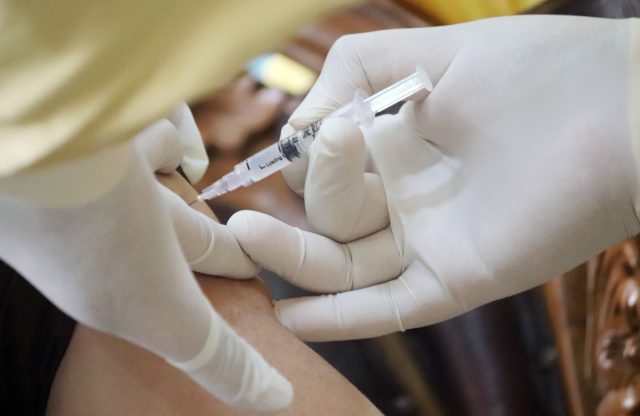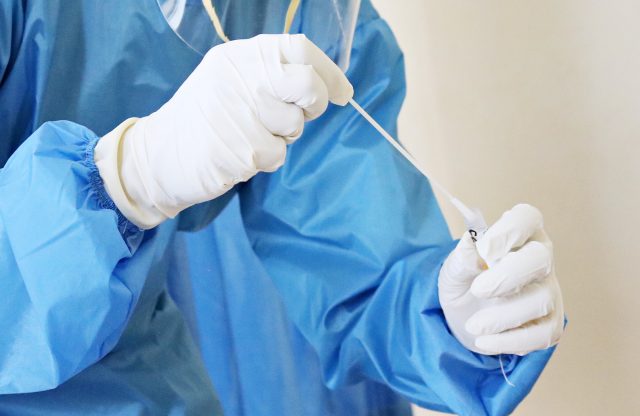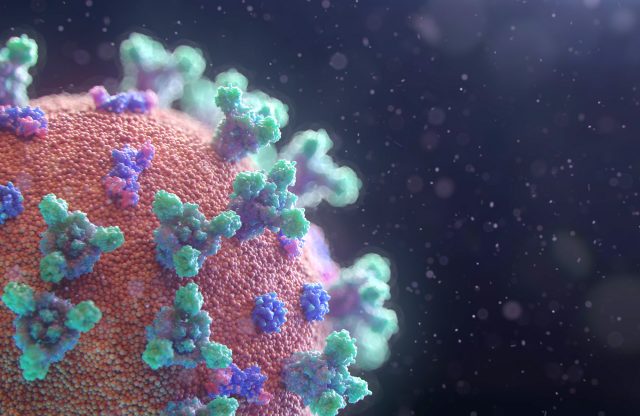Dr Robert Hess: New, updated ingredients are now available.

Dr Robert Hess – 03/14/2022
Dr Robert Hess: We further review our supplements and adjusts them in response to the latest developments in the pandemic: New, updated ingredients are now available.
As I mentioned I undertook a major review of the current situation over the past few weeks. The latest guidelines, herbal medicines/supplements and other beneficial measures have been checked through, incorporated into our program, and individualized for our clients.
In addition to the recent increase in frequency of testing and the changes to diagnostic methods, we have now also revised the composition of our supplement-system so that these too can be optimally adjusted to the current pandemic-related circumstances and status of our clients.
The focus of our review was mainly on the sequelae of a COVID-19 infection and of mRNA or vector-based vaccines. The pandemic “aftermath” is something we are all likely to be faced with sooner or later, making this issue more relevant and universal than ever before.
Because of COVID-19 disease, the vaccines that have been developed against it and the spike protein damage that follows are relatively new phenomena, the current guidelines draw on established and emerging medical research as well as on the clinical experience of international physicians and teams operating in the field. The guidelines we issue are subject to ongoing review as our knowledge increases.
I already reported in detail on general prophylactic measures that our clients can take, such as building up the immune system, heat and cold therapies, improved diet, etc. In any case, these measures permeate our entire program, where they are individually incorporated and constantly updated.
We once again stress the indispensability of a daily intake of key multivitamins and minerals. In the modern world, it is hardly possible to absorb all the necessary vitamins and minerals from food alone, and this applies especially with regard to the systematic avoidance of COVID-19 sequelae. This is where our high-quality personalized supplements come in.
We have completed the process of updating the composition of our supplements, focusing on the spike protein, on the furin enzyme, on the ACE2 receptors and on interleukin-6, and we are therefore now in a position where we can supply our clients with their own personalized supply.
If you have any further questions, or if you feel we do not have all the information about your individual COVID-19-related circumstances, please feel free to contact your consultant at any time.









